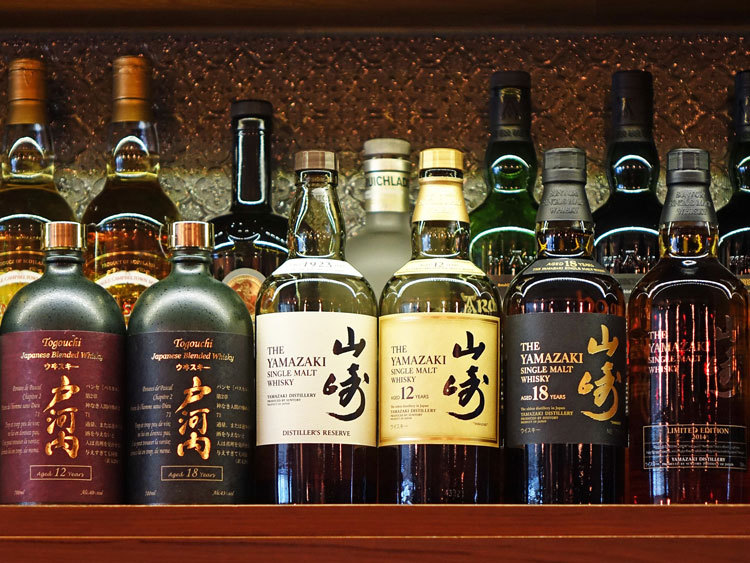The evolution of traditional Japanese sake serves as a magnificent trip through history for those who genuinely appreciate authenticity. In many ways, sake is a cornerstone of Japanese tradition, and those obsessed with Japanese culture most likely have experienced this ancient beverage.
At Japan Nakama, we’re always looking for a story to tell, and UK-based sake merchants, London Sake, were kind enough to share their journey on bringing authentic Japanese sake to our UK shores.
In Japanese, the phrase ‘Sake’ applies to any alcoholic beverage. In Japan, the sake beverage is known as ‘Nihonshu,’ meaning Japanese liquor, and is practiced amongst many breweries today as it was centuries ago.
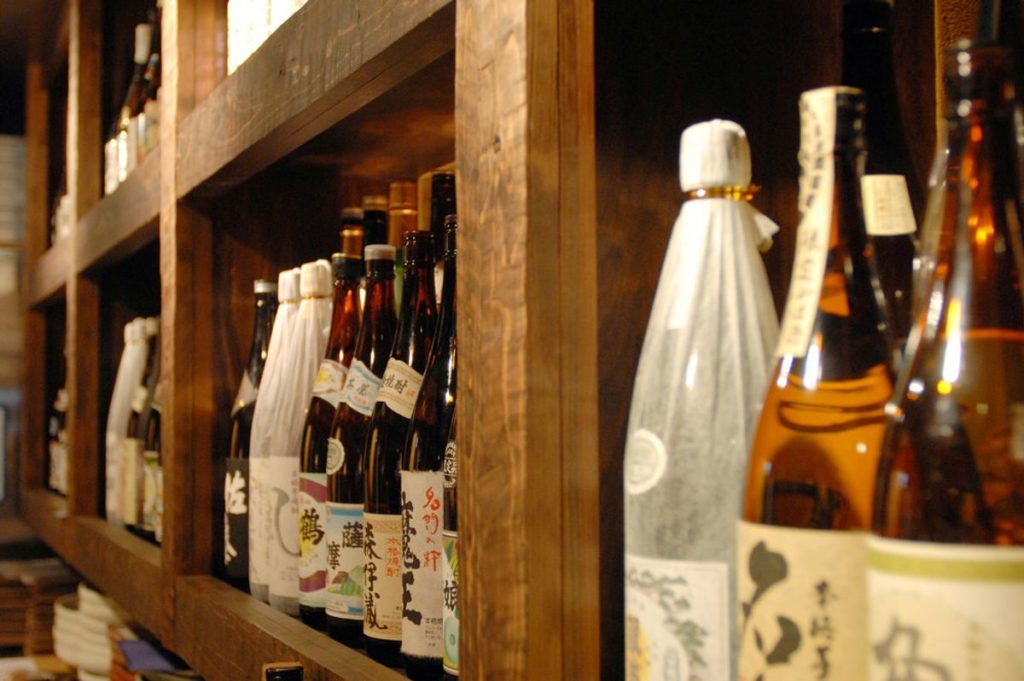
Andy Travers of London Sake empathized with the challenge of establishing a UK-based brand while maintaining a traditional approach “While it was difficult and slow at times, we had a lot of fun building up the company, and still do today!”
With many hurdles to overcome, London Sake established itself and became a household name among the sake community as their long-term goals became one – making it a business and staying true to the rituals of Japanese sake.
Let’s look at why this historic beverage is treasured among generations past and future, including London Sake’s journey of following their love.
Timeline of Sake
Japan adopted many traditions from its Asian counterpart, China. Recently, we’ve covered the origins of Matcha Tea and historical elements of Japan’s garment industry, to which Japan embraced China’s methods into their own.
Sake’s roots lead to an initial foundation from Chinese soil as historical factors suggest a rice-based alcoholic beverage was introduced to Japan from China during the Yayoi period (300BC – 250AD).
The Fudoki – historical records of regional culture and daily life gathered after 713AD, contain the first recorded reference of sake made from rice in Japan.
During the Heian period (794AD – 1185AD), which followed the Nara period (710AD – 794AD), sake was utilized for religious rights, court festivities, and social gatherings.
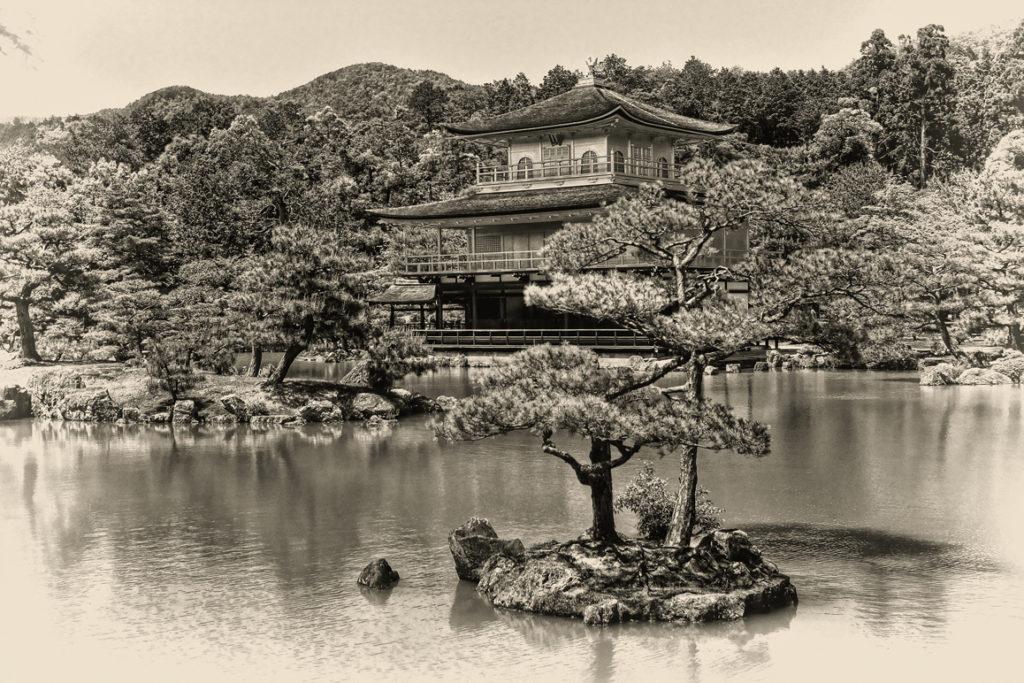
Kyoto, Japan’s oldest capital, had roughly 300 sake distilleries throughout the Muromachi Period (1336-1573). By this stage, government participation became apparent as Miki no Tsukasa (government organization) was established to oversee the preparation of rice, water, and koji for ongoing sake productions.
By this period, sake was fully established into Japanese culture and, in large parts, an asset to government funding. Moreover, due to the government’s participation, manufacturing became modernized, and multiple fermentation processes known as ‘Sandan Jikomi’ became standard practice in producing Japanese sake.
Authentic London Sake: sets & cups




The traditional steps taken in producing authentic Japanese sake involve a craft within itself. Over past centuries, various techniques and methods have been introduced in creating this ancient drink, but the primary elements remain intact.
London Sake’s superb content provides customers with a step-by-step guide, allowing us to understand the artistry involved in creating such a unique beverage.

Sake is a rice-based alcoholic beverage that starts with rice polishing for texture refining. Rice polishing involves removing the outer layers of rice seeds, leaving just the nutritional center. The flavor and quality of sake are determined by how thoroughly the rice is polished, making this a critical area in manufacturing.
After carefully washing the rice to remove bran and excess layers, the portion is immersed in water and timed accordingly to absorb the appropriate amount of moisture. When these operations are carried out by hand, the quantity of rice should be within 0.2 percent of the actual weight.
Overnight, the soaked rice is drained and covered with a towel. Next, the rice is steamed to produce unblended starch for the koji enzyme to disintegrate.
A steaming process is then required for a 45–60 minute period within a ‘koshiki’ (vat or cauldron). After steaming, the rice is divided up and spread out to gain an appropriate temperature for the next stage.
Because rice is a complex carbohydrate, it requires something to break down the starch into fermentable sugars before turning it into alcohol.
A starch-digesting mold is developed on a quarter of the total polished sake rice by delicately distributing the mold’s spores as a fine powder over the settled portions of steamed rice, which has been meticulously set out in what’s known as a ‘koji room’ (sauna type environment).
After that, the inoculated rice is rotated and kept at a constant temperature for 3-4 days.
Next, the yeast starter mash known as the Shubo or Moto (‘mother’ of sake) is then made from water, steamed sake rice, koji-rice, and yeast.
The sake is squeezed to separate the liquid from the rice lees and placed in bags to drain organically. However, modern methods have since been introduced.
Depending on quality and texture, charcoal filtering is often required for refinement. The majority of sake is then bottled and sterilized before being stored between 3–6 months.
Once thoroughly sterilized and bottled accordingly, the freshly produced sake is shipped to merchants like London Sake, continuing the ever-growing cycle for sake lovers worldwide.
Why London Sake?

Speaking with Andy, we were intrigued to know what sparked London Sake into a leading UK merchant as our relatable love for Japan helped us understand his motivation and passion.
“Visiting sake breweries, trying sake in different places and with different foods was a big factor, but it was more than that for me. Hearing that domestic sake consumption was declining and many breweries had gone out of business was sad to hear, which left an impact on all of us.”
Despite its historical significance, Japanese sake can be enjoyed all over the world. However, the old standards for creating this historic drink emphasize the importance of sake merchants like London Sake in producing, educating, and serving a piece of history to consumers worldwide.
“This is key for us because our goal is precisely to make sake more accessible in the UK,” says Andy. “ We want more people to have that ‘a-ha!’ moment when you first try an excellent sake, so it opens up this whole new category to explore – We like to call it the ‘sake epiphany’!”
A Journey of Tastes
Choosing a sake often resonates with the personality of each taster. However, some considerations when purchasing that first bottle or two will make the decision easier for first-time buyers.
When discussing this, Andy explained his merchant approach “The first thing I usually ask people is why they are buying their sake.”
“Is it a gift for someone else? Is it to pair with a meal? If so, do you have a dish in mind already? Have they enjoyed sake at a restaurant and are looking for something similar?”



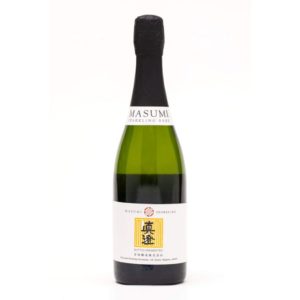
Firstly, consider the Types of Sake on offer before purchasing. For example, your taste for Yuzu Sake with lemon, lime, and grapefruit creates a delicious beverage ideal for cocktails. Or perhaps new trends like Sparkling Sake with fewer alcohol containments, ideal over dinner, may resonate more when making your choice.
London Sake enjoys nothing better than educating consumers with their expert knowledge. “From here, you can begin to narrow down options quite quickly. For example, tasting sets work great as a gift, and Sparkling sake can be a great unique alternative for a bottle of Champagne,” continues Andy.
“Another simple approach is to ask what styles of other drinks you like. For example, if you only drink dry white wine or prefer fruit-forward IPAs, you can look for similar characteristics in sake. We’ve tried to make our product descriptions and tasting notes as useful as possible from this perspective. It’s all about being confident in your choice.”
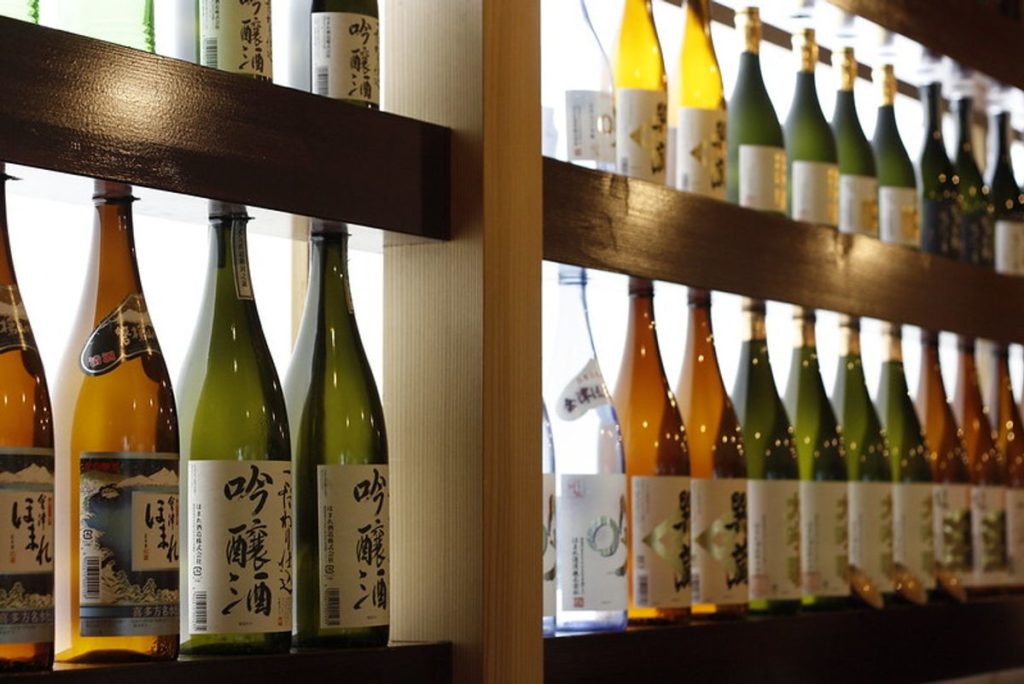
London’s Sake’s website covers every stone with selection, shipping, and purchasing. In addition, consumers are encouraged to read London Sake’s blog and discover what sake calls their name. Not only do the team answer questions day and night, but they also relish the opportunity to do so.
Their journey from visiting Japan and being inspired by the culture and customs we have all grown to adore while establishing a household UK brand based on Japanese inspiration has proved a remarkable journey.
Reflecting on their inspiration, “It’s hard not to be inspired when you travel through such a beautiful and unique place,” says Andy. “In addition, to see the passion and dedication with which individuals and families across Japan practice their crafts (not just sake making) through generations and over centuries was mind-blowing.”
For regular updates, check out London Sake’s Instagram and website to begin your journey through the history and craft of Japanese sake.














































